
Canvas Toning Made Simple
If you’ve ever stared at a blank canvas and felt a pang of hesitation or found your colors lacking pop, toning your canvas could be the secret to unlocking more expressive, confident painting.

If you’ve ever stared at a blank canvas and felt a pang of hesitation or found your colors lacking pop, toning your canvas could be the secret to unlocking more expressive, confident painting.
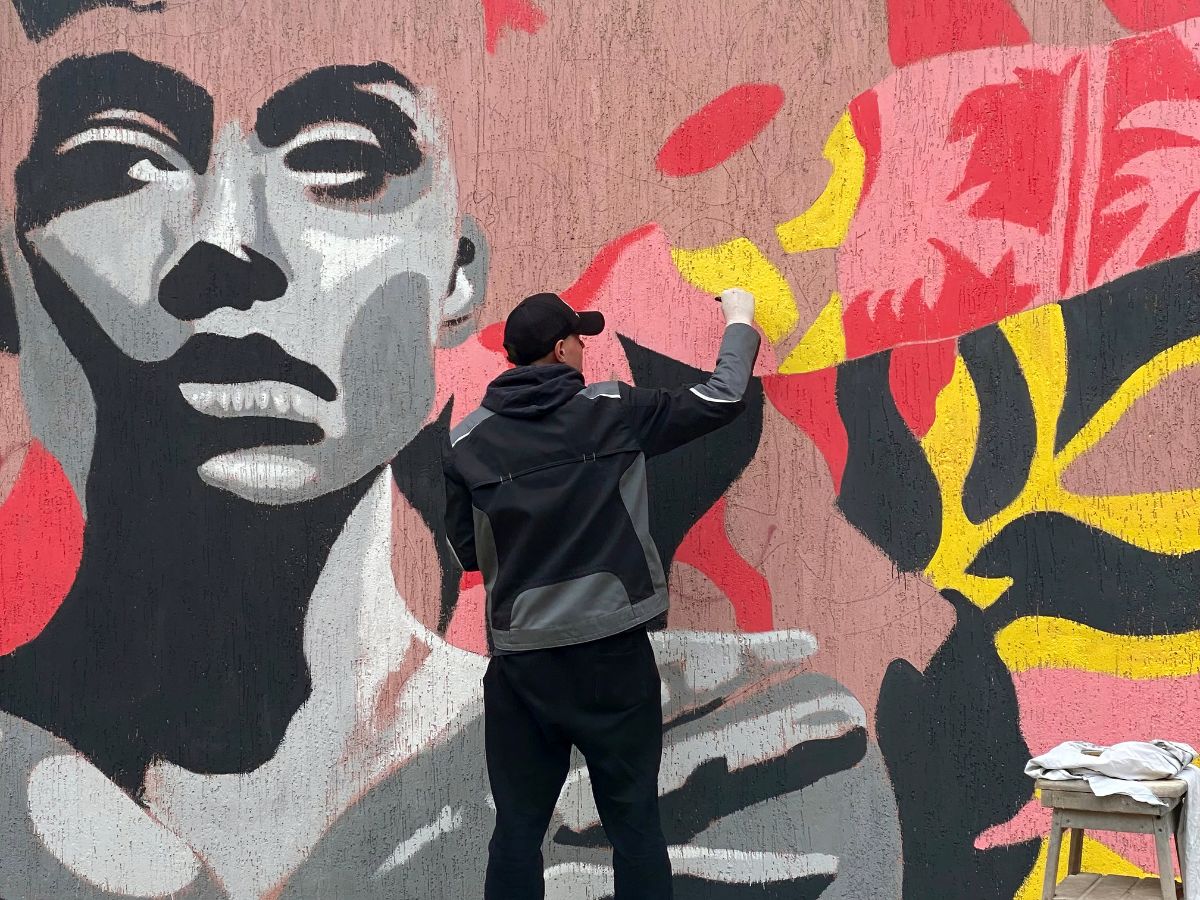
For mural artists, the thrill of painting a public canvas can come with heartbreak: vandalism, taggers, or weather damage can strike any day. Here are creative ways to reduce damage on murals and bring them back even stronger when it happens.
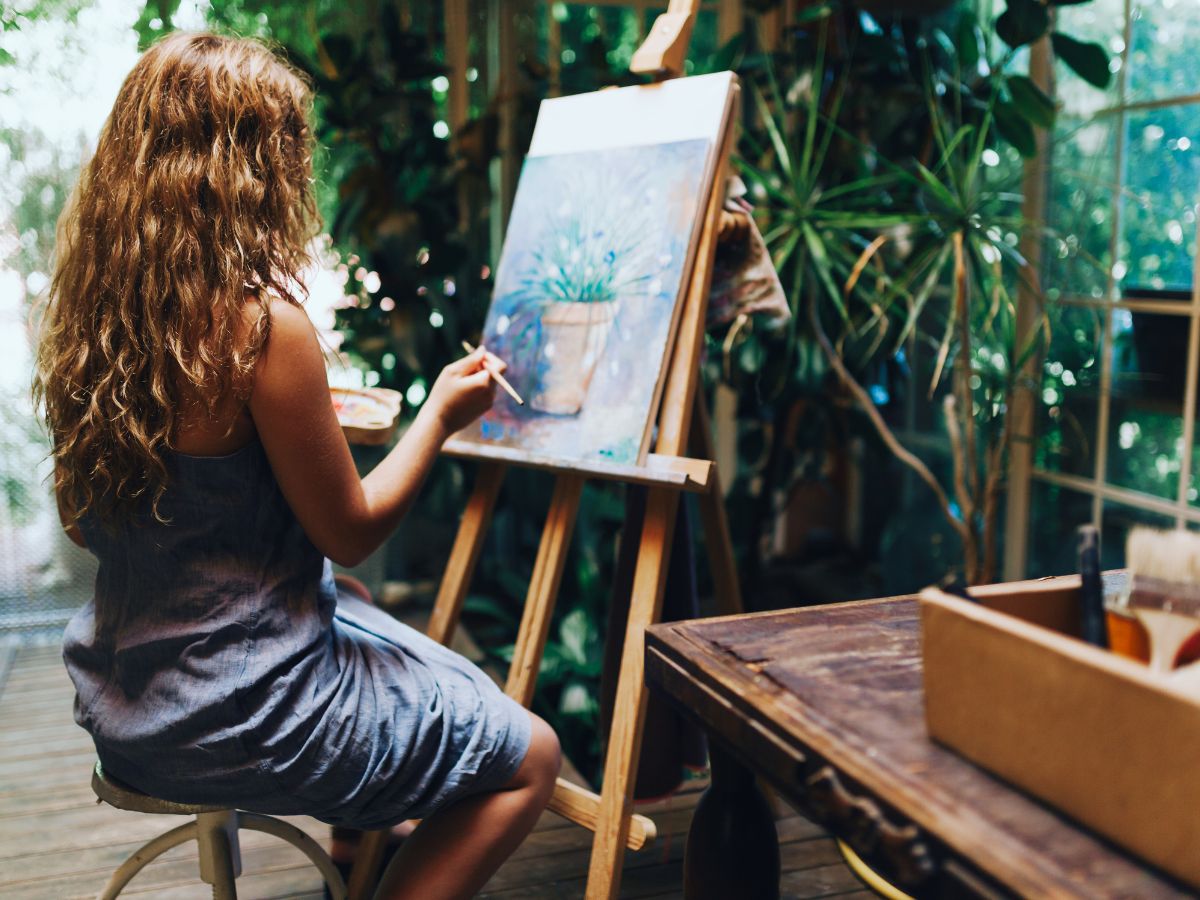
When your brushes are loaded and your vision is flowing, you’d rather paint than build. But is buying canvases or making your own more cost-effective? The answer depends on your goals and teaming up with pros like CanvasLot often comes out ahead in both value and quality.
Making your own canvases–be it stretching your own fabric or securing DIY panels–can cut material costs by up to 50 percent, especially if you’re making multiple or unusual sizes. You get total control over fabric choice and priming which can be tempting if you’re budget-conscious. But, that time isn’t free. Building, sizing, gessoing, these steps slow you down. Not to mention, if you’re not yet practiced, small mistakes can creep into corners and tension.
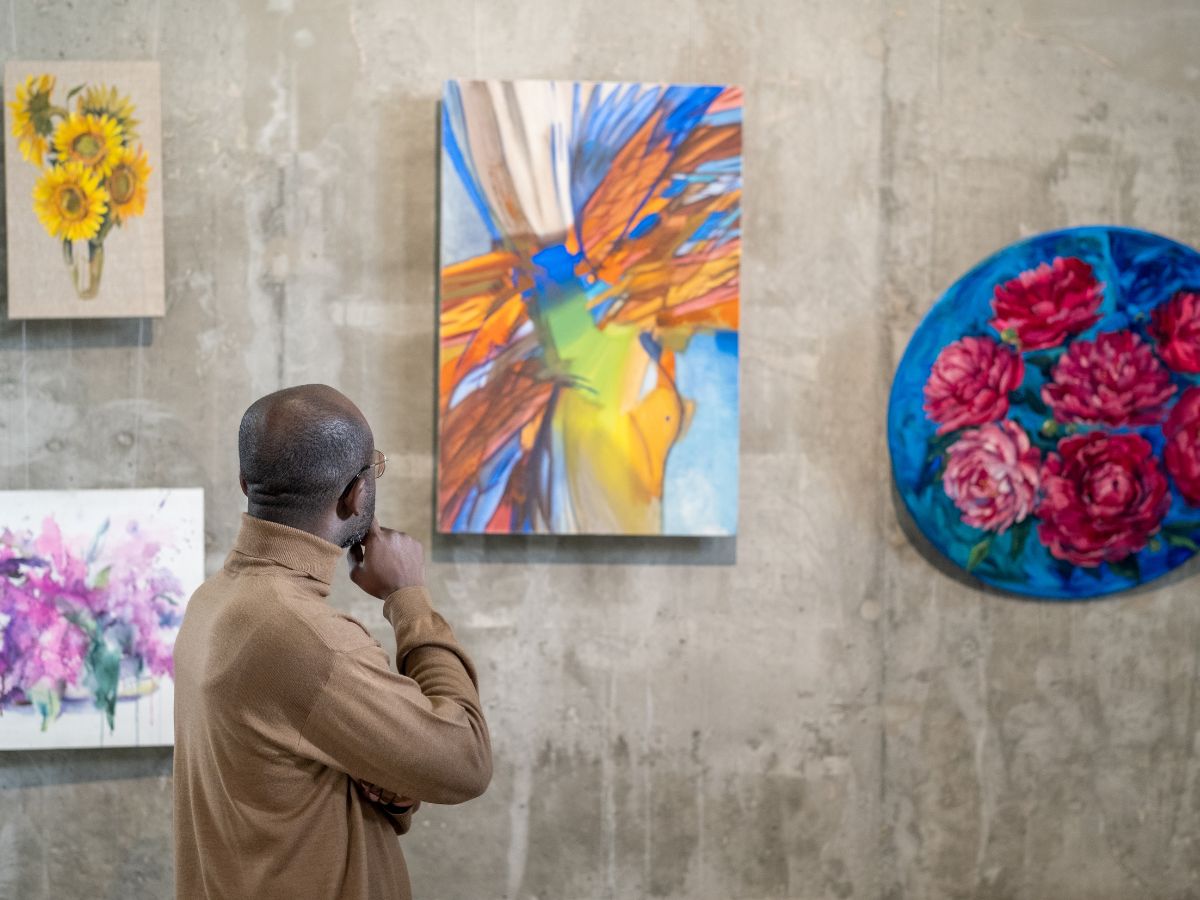
Finished custom wood panel paintings bring touchable texture and archival strength but they demand thoughtful care. Here’s a practical guide to help amateur and professional visual artists make their work last.
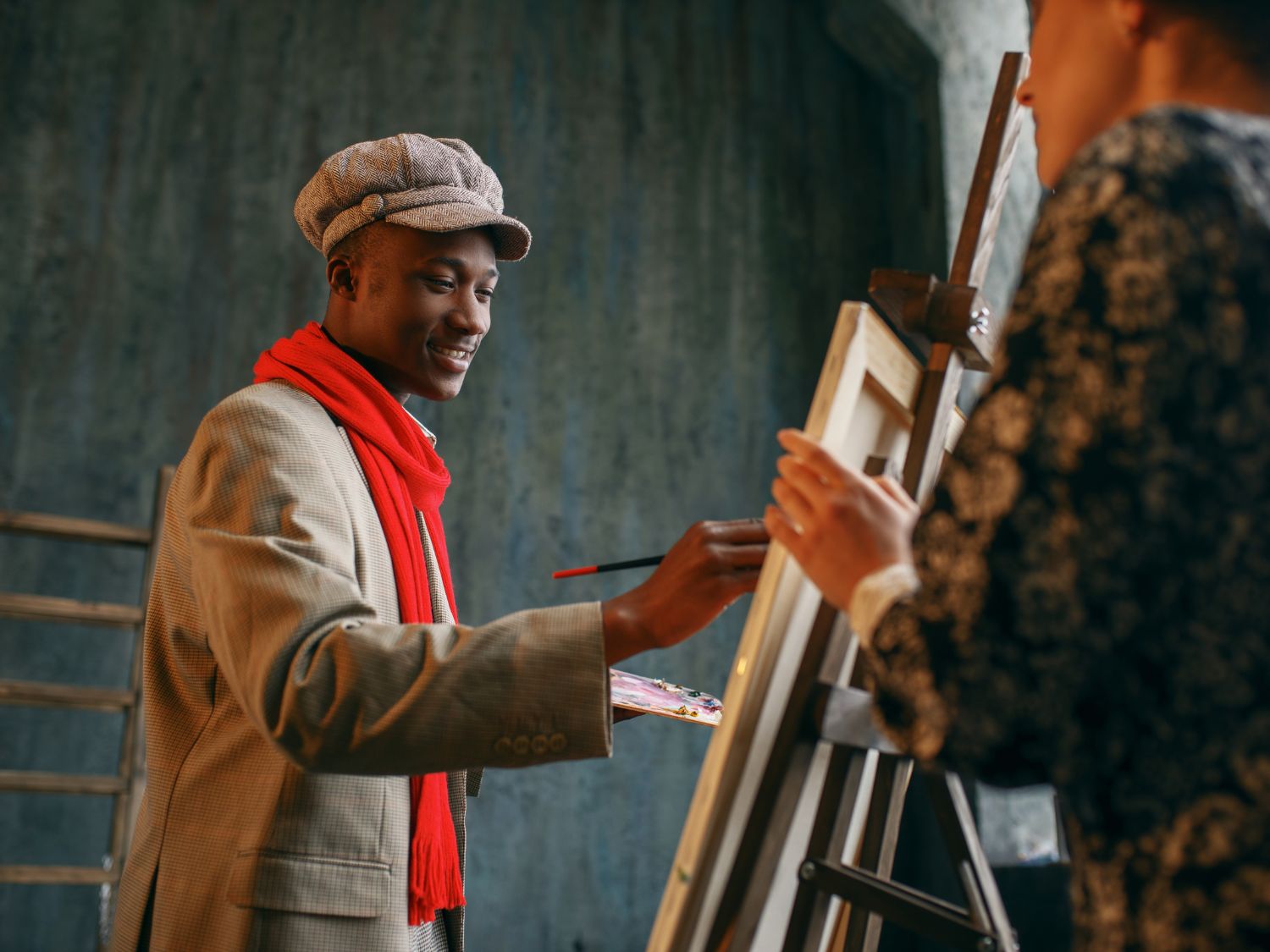
Choosing the right canvas size isn’t just guesswork, it’s a balance of composition, subject, display space, and presentation. While there’s no single “golden size,” artists often rely on easy rules of thumb to find the right fit. Here’s a guide that you can use.
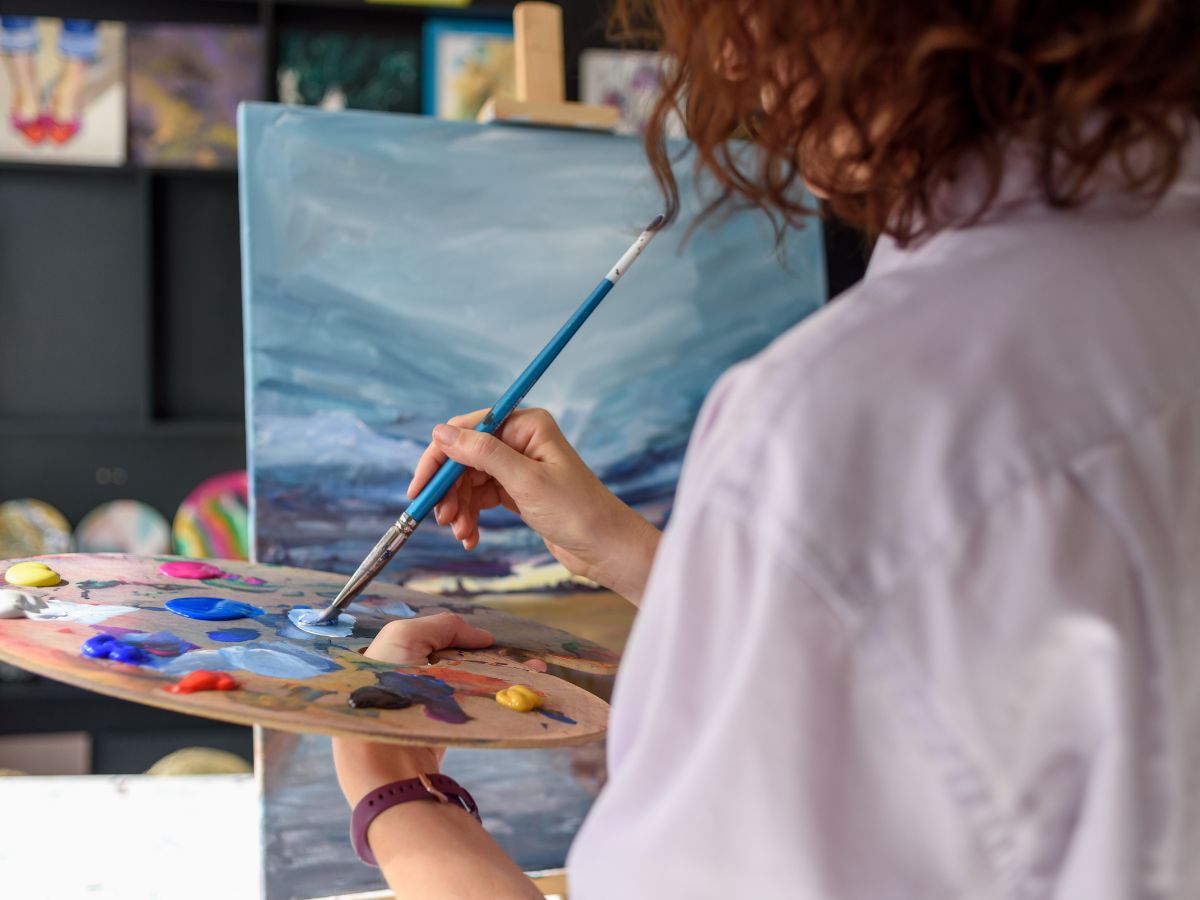
Pricing art is tricky and can feel impossible to do. Whether you’re an emerging painter or a seasoned mixed-media artist, assigning value to your work raises emotional and practical challenges. Let’s break down why pricing is so hard, and what you can do about it.
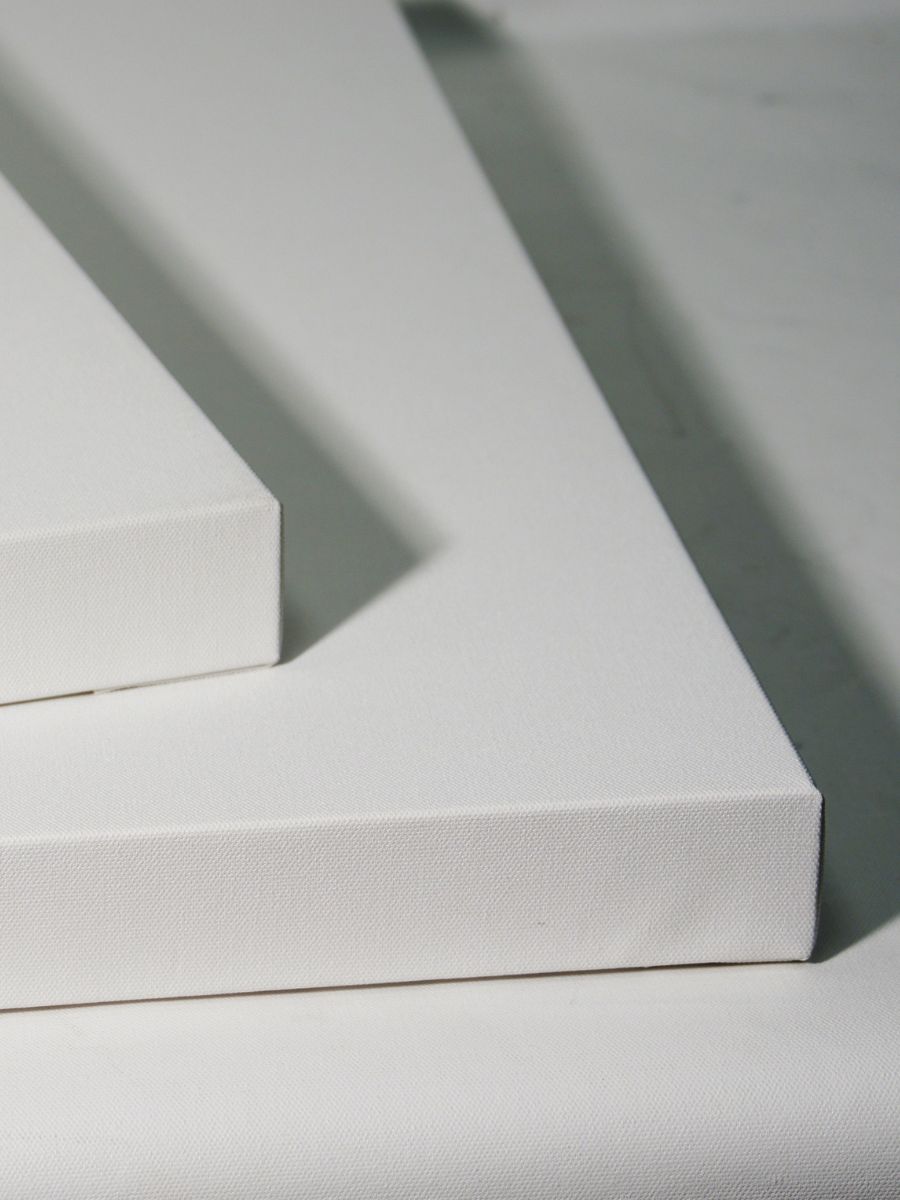
Choosing a canvas isn’t just about grabbing the cheapest one, it’s about matching the canvas to your style, medium, and budget. Here’s a guide to help both hobbyists and pros pick wisely.

Mixed media art is wonderfully expressive but it often combines delicate materials that age differently. To keep your work looking great for years, a little care goes a long way. Here are practical steps to preserve your mixed media pieces without losing their creative spark.

Connecting your work with galleries or curators is less handshake hustle and more patient, thoughtful relationship building. Whether you’re just starting or looking to move forward, here’s a clear and friendly roadmap to help your art meet the right curators.

Painting on custom wood panels brings clarity, control, and durability, but missteps can lead to cracking, peeling, or warping. Here are the top common mistakes artists make and how to avoid them, whether you’re teaching or just starting out.